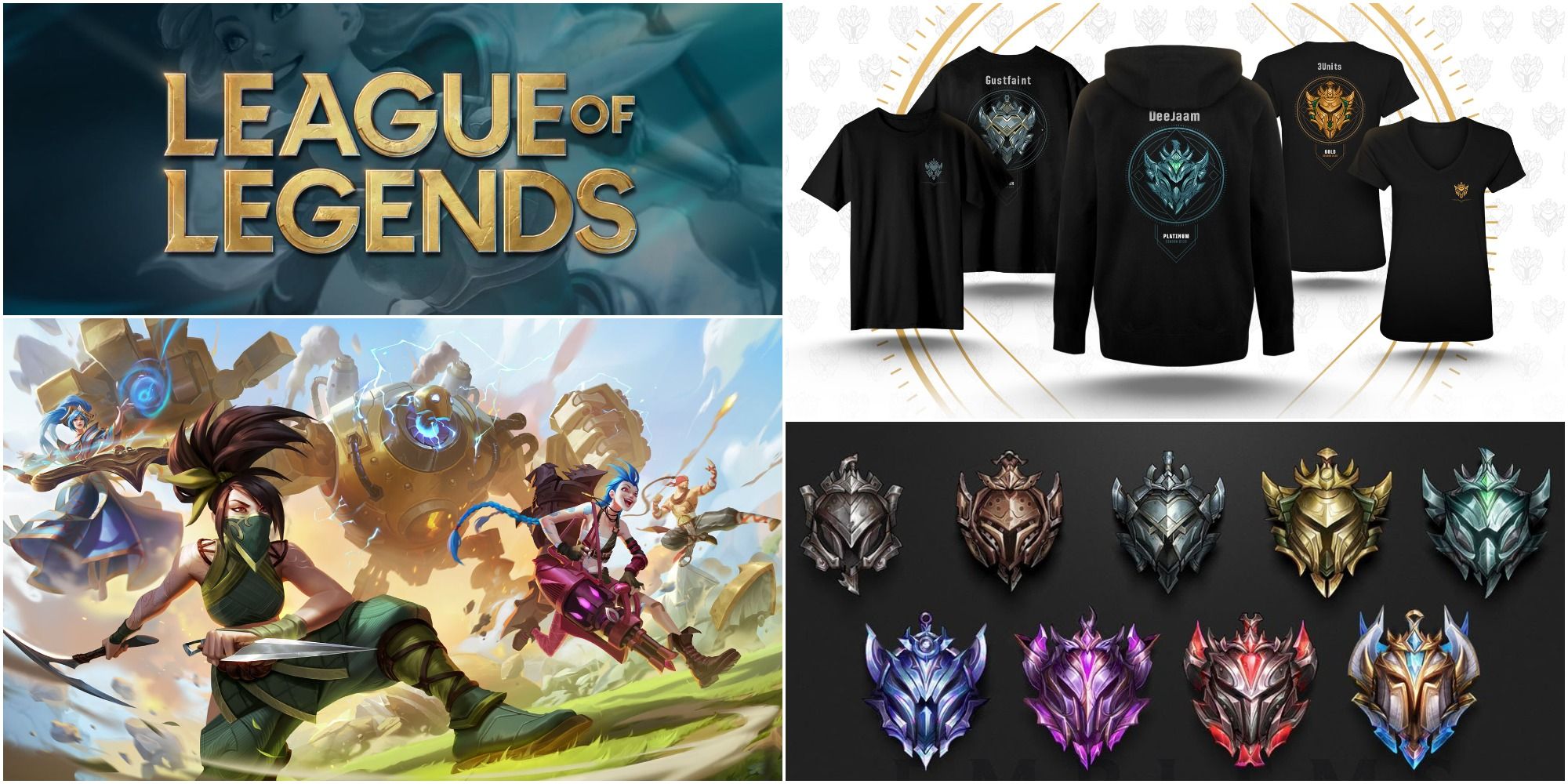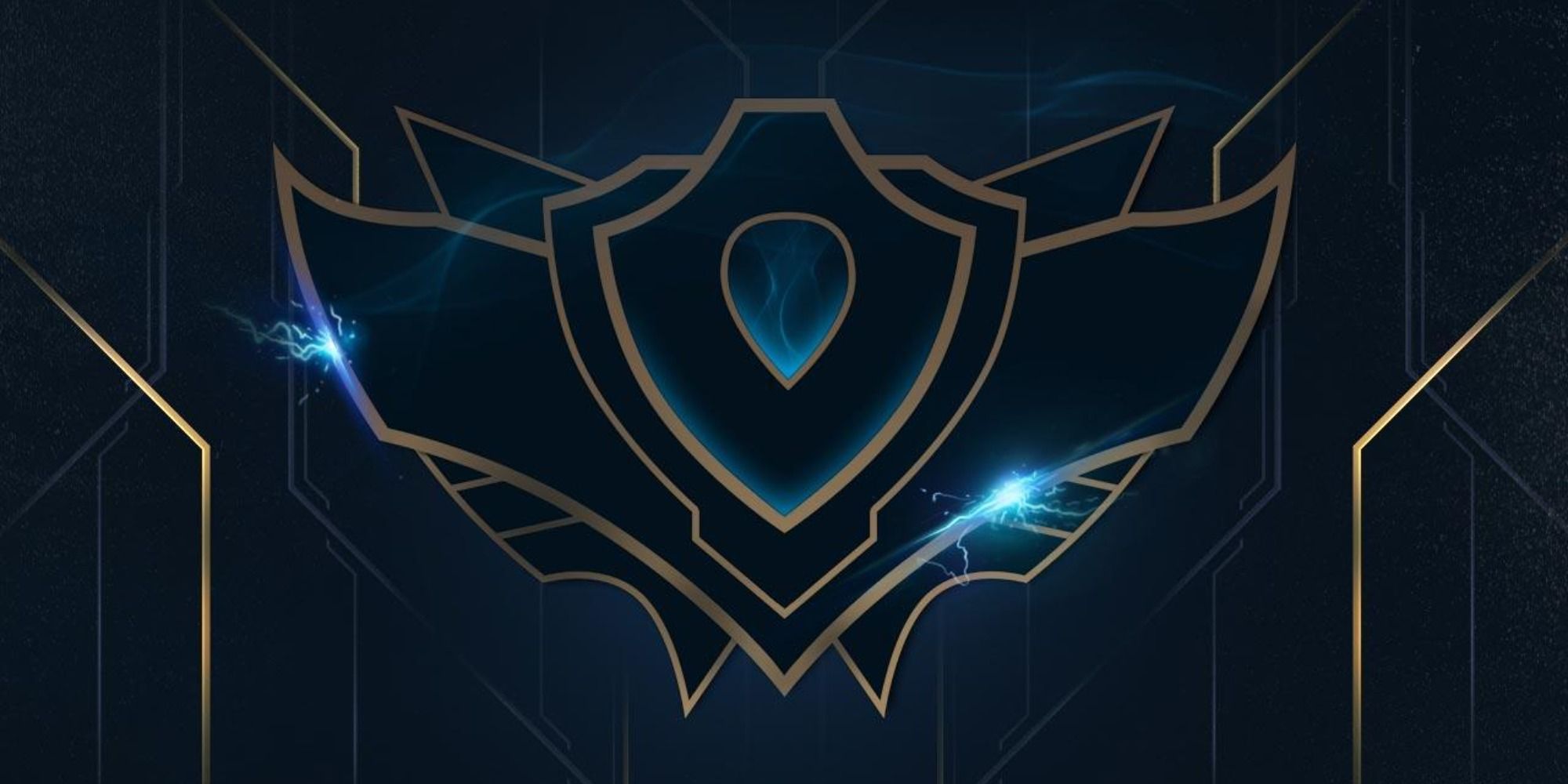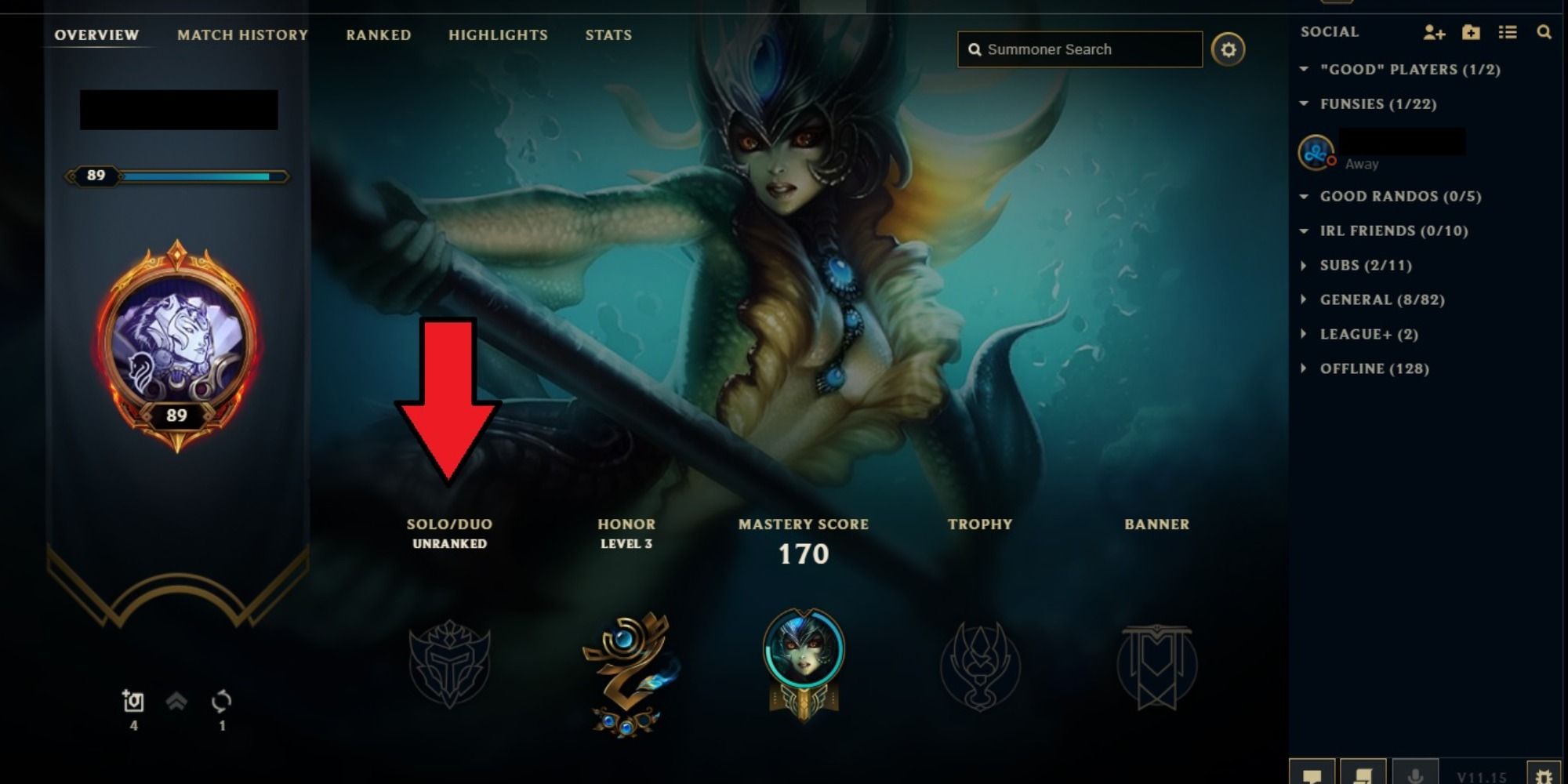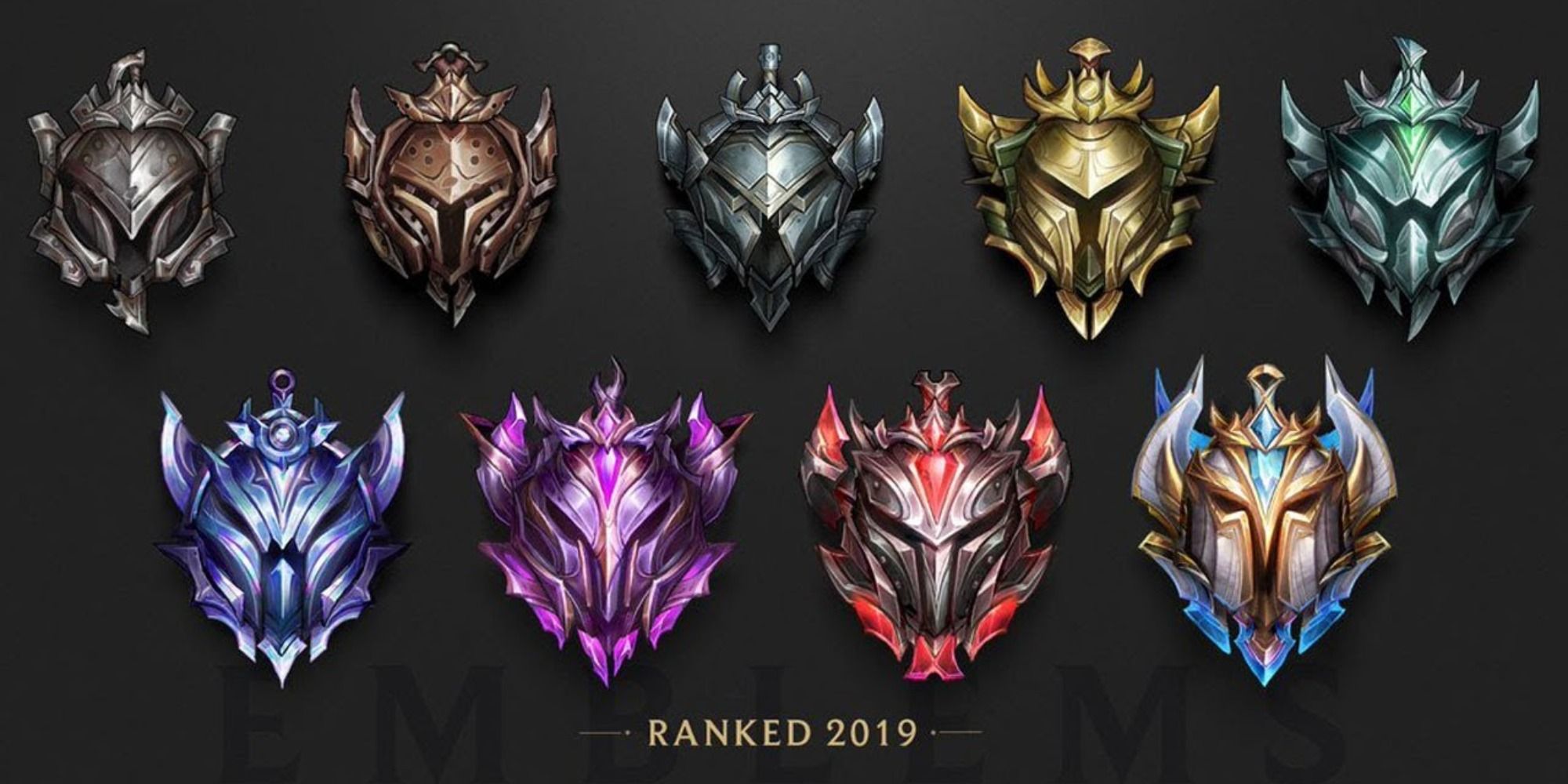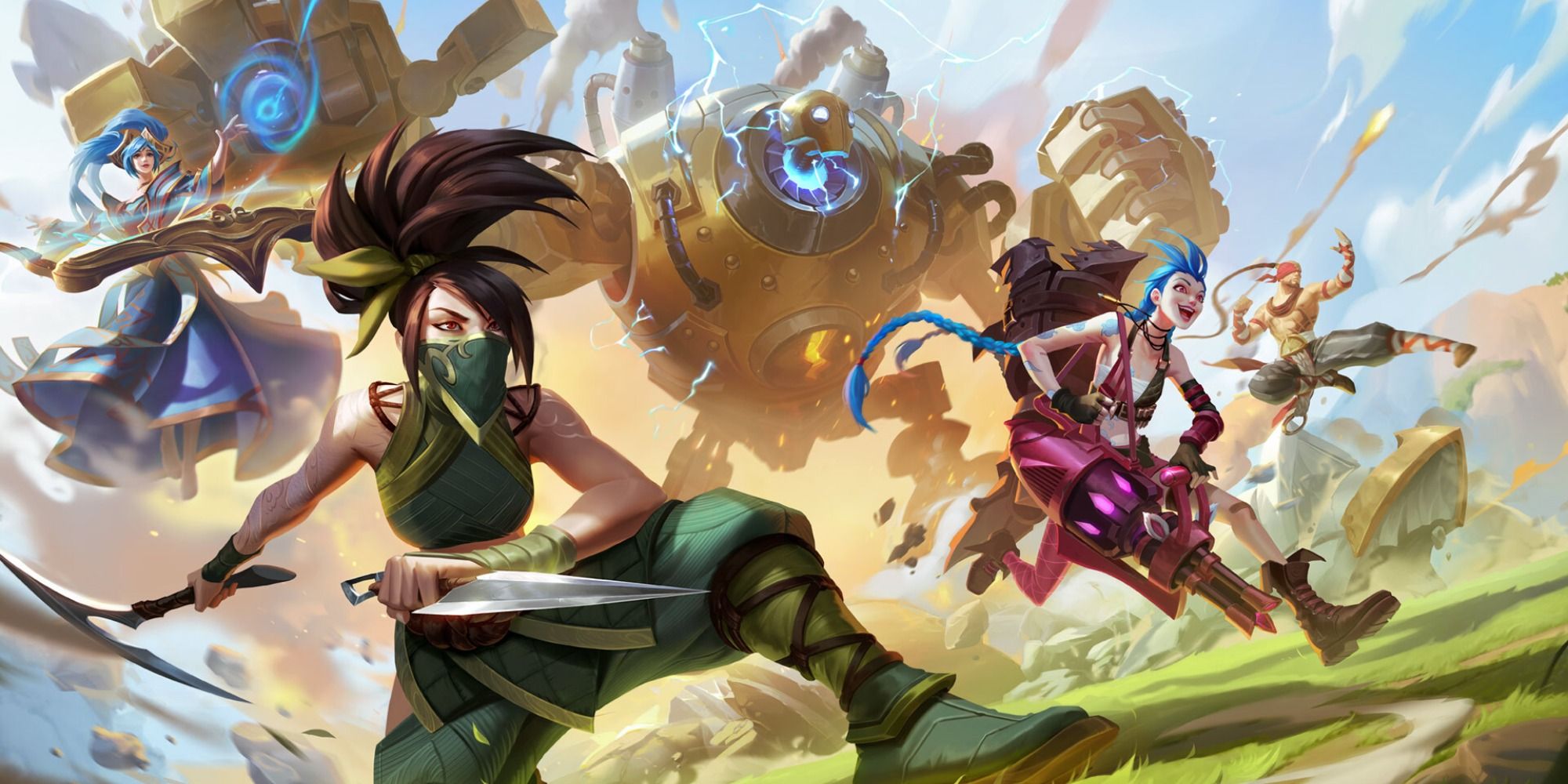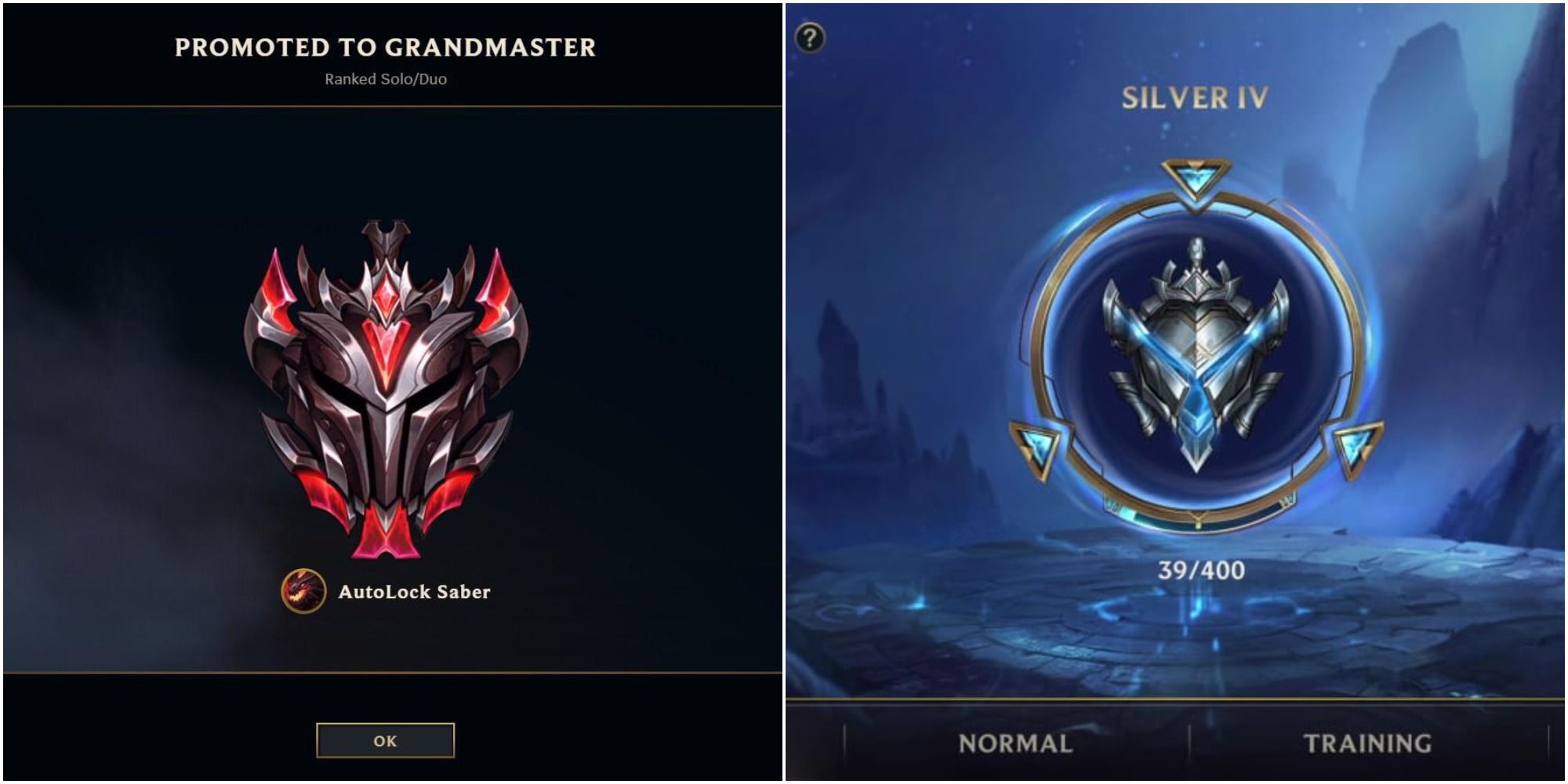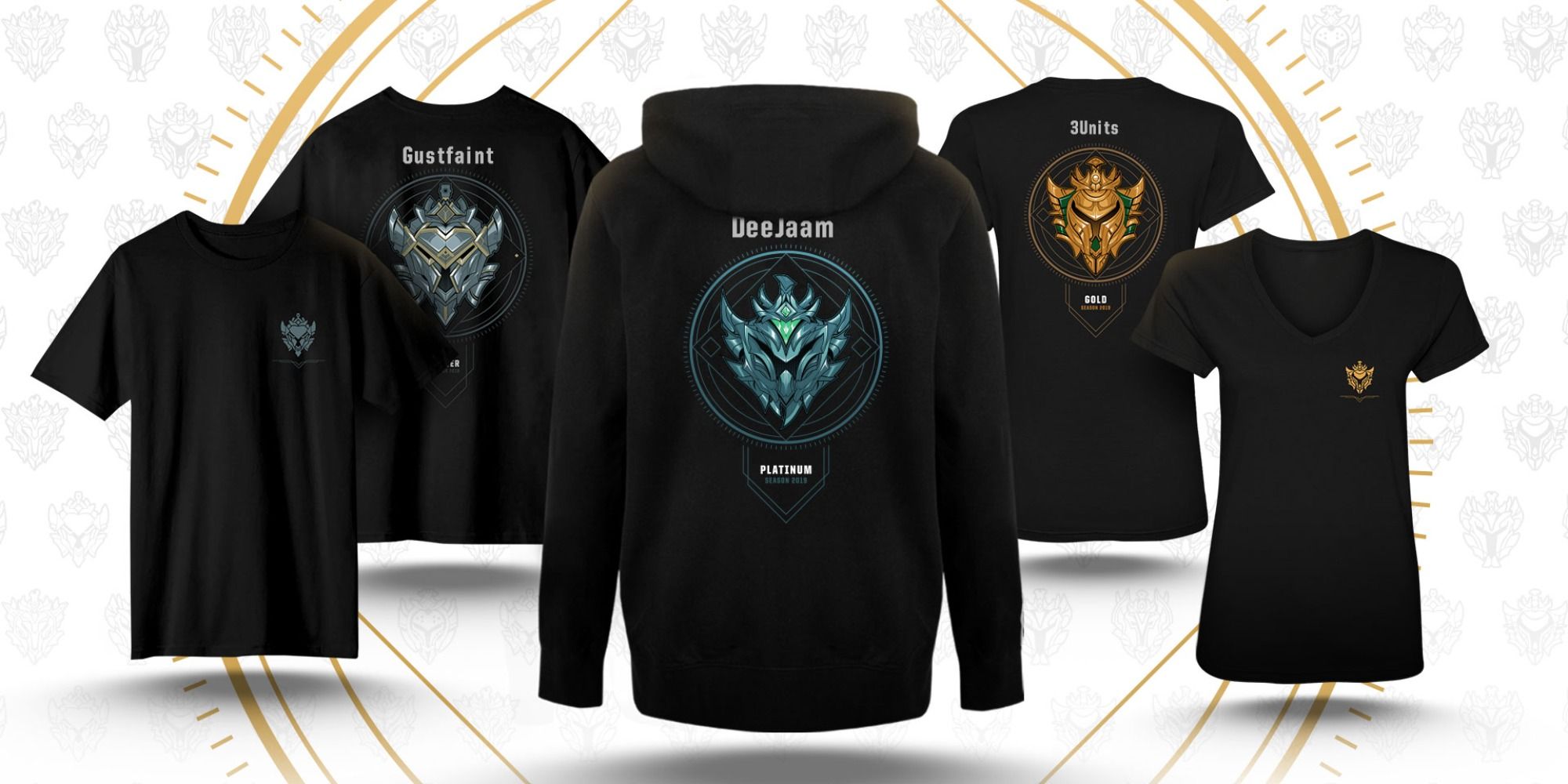The League of Legends ranking system has changed a few times over the years. Like any online game with ranked play, many factors add up to where you get placed. Riot Games even added a new tier below bronze, the former lowest, known as iron.
While some players still make the “cardboard rank” jokes, the overall quality of each rank has increased significantly since the early days of the system. Let’s review what the League of Legends ranking system is, how it works, and the various parts of it.
Former ELO System
Before the current tier and ranking system, LoL used something many other games do: an ELO system. These kinds of systems calculate a player’s relative skill and hearkens back to chess and the ELO creator Arpad Elo.
Though the current system still uses League Points, it has remnants of the original method. Unfortunately, Riot has never really revealed precisely how they calculated ELO previously.
Types Of Ranked Queues
Solo Queue
This is your typical, everyday, one-person queue. You can play any position and will be placed with random people around the same rank and MMR as your own.
Duo Queue
Duo Queue is just like Solo Queue except this time, you have a buddy. Many pairs will duo in the Bottom Lane as AD and Support champions.
But you can play whichever role you prefer. Some players will accuse others of “being boosted” (where a high tier player queues with a low-ranked player) with this kind of queue.
Ranked Flex
This allows players of all kinds of tiers and ranks to pair up with other tiers and ranks. Feasibly, an Iron IV player could match up with Platinum or higher players.
This is also where full, five-person teams compete for maximum benefit.
Tiers & Descriptions
Every season in LoL, since 2011, allows players to complete placement matches for their rank. Formerly just one big tier, each level is broken down into four separate divisions now.
At a glance, Iron IV - Gold I is considered Average in skill level, Platinum IV - Diamond III is Skilled, and Diamond II - Challenger is considered Elite.
Tiers: These are the overall segments in which you are placed (Iron, Bronze, Silver, etc).
Divisions: These divisions exist within ranks to further classify your placement.
Iron
|
Iron IV |
Iron III + split 1 |
Iron II + split 2 |
Iron I + split 3 |
Despite the reputation LoL players have for being bad, there are not that many players in Iron. Unranked Smurfs reports just 4.01 percent of players being in Iron.
You may find trolls and smurfs alike in Iron, but try-hards are not common.
Bronze
|
Bronze IV |
Bronze III + split 1 |
Bronze II + split 2 |
Bronze I + split 3 |
In contrast to Iron, everyone wants to get out of Bronze -- and for good reason. Just 11.78 percent of players are in the tier, but the amount of trolls, people who go AFK, and ragers in Bronze is much higher than Iron.
Many players would rather go unranked than get placed in Bronze. Unfortunately for newer or previously unranked players and players below Gold, you may get placed in Bronze even if you win all 10 placement matches. The algorithm just figures you’ll climb your way up it seems.
Silver
|
Silver IV |
Silver III + split 1 |
Silver II + split 2 |
Silver I + split 3 |
Silver is where many players end up with Unranked Smurfs reporting 46.73 percent of players in this tier. In order to place here, players must win 6 of 10 placement matches.
Curiously, Bronze used to contain the most number of players before the updates to the system. That means that you’ll still encounter ragers, trolls, etc.
Gold
|
Gold IV |
Gold III + split 1 |
Gold II + split 2 |
Gold I + split 3 |
This rank is where you actually start to receive all end-of-season rewards. Winning 7 or more placement matches raises your chances of being placed here.
But again: new accounts will likely not be placed in upper tiers even if they win all of their placement matches. There are 30.15 percent of players in Gold -- the second-highest number in the system.
Platinum
|
Platinum IV |
Platinum III + split 1 |
Platinum II + split 2 |
Platinum I + split 3 |
Upper tier players will say that Platinum is “true ELO hell” vs. Bronze or Silver. In a way, this is very true as it becomes much more difficult to climb the ladder. Just 9 percent of players rank in this tier.
Players can still be placed into Platinum after their placement matches, however, depending on their previous ranks. In order to make the jump to Diamond, you’ll have to watch a lot of League, learn a lot of champions, and get really lucky.
Diamond
|
Diamond IV |
Diamond III + split 1 |
Diamond II + split 2 |
Diamond I + split 3 |
Now we’re getting into the creme de la creme. Diamond tier players make up just 2.14 percent of players and this is usually the goal for most “casual” gamers. Pro players should rank Master and above.
However, Diamond also usually means that you play A LOT. Not only do you need to prevent point decay (we’ll get to that later), but you need to keep up with current meta changes, item updates, champion buffs, debuffs, and reworks, etc.
It’s usually at this tier that people may have a stream following, as well.
Master
|
Master |
Master + split 1 |
Master + split 2 |
Master + split 3 |
.02 percent of players rank as Master level -- a tier introduced to ease the transition from Diamond to Challenger. Functionally, the skill level from Diamond to Master to Grandmaster is utterly minute.
Think of it as being an Olympic swimmer. Instead of shaving off one whole minute from a race, you are looking to shave off just microseconds -- the difference between medaling and not.
Grandmaster
|
Grandmaster |
Grandmaster + split 1 |
Grandmaster + split 2 |
Grandmaster + split 3 |
Most eSports players fall into this rank, so to stay in it, you’ll need to play a lot and very regularly. In fact, most non-professional players don’t ever really break into Grandmaster.
Just .03 percent of players fall into the Grandmaster tier.
Challenger
|
Challenger |
Challenger + split 1 |
Challenger + split 2 |
Challenger + split 3 |
Fun fact: just 200 places per server are reserved in the Challenger tier. Even some of the best LoL players of all time might not be able to keep up with that.
Breaking into this is essentially reserved for people who play League of Legends for a living or are affiliated with the eSports aspect in some way.
Current League Of Legends Ranking System
The current system still operates on a hidden MMR (match making rating) assigned to each individual player. This relates to your lifetime win/loss ratio, K/D/A, and more.
But the system also uses League Points, promotional segments, and point decay to keep players coming back to ranked play.
League Points
Every player earns LP (league points) when they win a ranked match. In contrast, they lose LP when they lose matches. As mentioned, MMR still plays a large role in how a player can earn LP.
If you have a higher MMR, you will earn more points per every win while losing fewer points for every loss. This does seem heavily weighted in favor of already successful players, but what can you do?
Point Decay
Certain tiers require players to regularly engage in ranked matches to maintain their position. Otherwise, your LP will begin to decay; however, this does not affect a player’s overall MMR.
Essentially, you get “banked days” where you can not play. After that number reaches zero, you lose LP instead. Falling to less than zero LP means sliding down to the next lowest division.
The good news is that only Diamond and Apex tier players have to deal with this.
|
Diamond Players |
Number |
|
Maximum Banked Days |
28 |
|
Banked Days Per Game |
7 |
|
Days Before Decay Begins |
28 |
|
LP Lost During Decay |
50 |
|
Apex Tier Players |
Number |
|
Maximum Banked Days |
10 |
|
Banked Days Per Game |
1 |
|
Days Before Decay Begins |
10 |
|
LP Lost During Decay |
250 |
Tier Demotion
It is not known just how many games one must lose before getting demoted. However, if you go below zero LP, you will definitely get moved to the next tier down.
You will then have 75 LP to lose or grow.
How To Increase Your Rank In League Of Legends
Getting to your promotion series in ranked play is often the easiest part of the process. Successfully completing your Promotion Series can be quite the headache.
Players must win a “best of five” matches in a row. If you don’t, you lose an amount of LP related to how much you gained during the promotional period. But there are a few other things to keep in mind:
- Promotion Series disable Autofill
- Only Diamond and Platinum tiers require completing the series in 5 days
- Server issues that cause losses do not affect your LP or series
- If you reach a Promotion Series after a first failed attempt, you get one free win. After that, you get two free wins if you try again.
League Of Legends Rank Rewards
Each season brings with it new rewards for players who reach certain tiers. As mentioned earlier, Gold is where players can begin to enjoy the full benefits of ranked rewards. Examples of reward types include:
- Victorious Skin versions of champions such as the Victorious Lucian from 2020.
- Icons
- Banner Trims
- Eternal Series unlocks based on the Victorious Skin champion
- Loading screen borders
- Skin Chromas
Moreover, unlocking specific tiers allows players access to certain merchandise, as well, such as hoodies and t-shirts.

